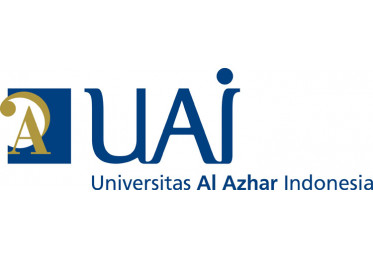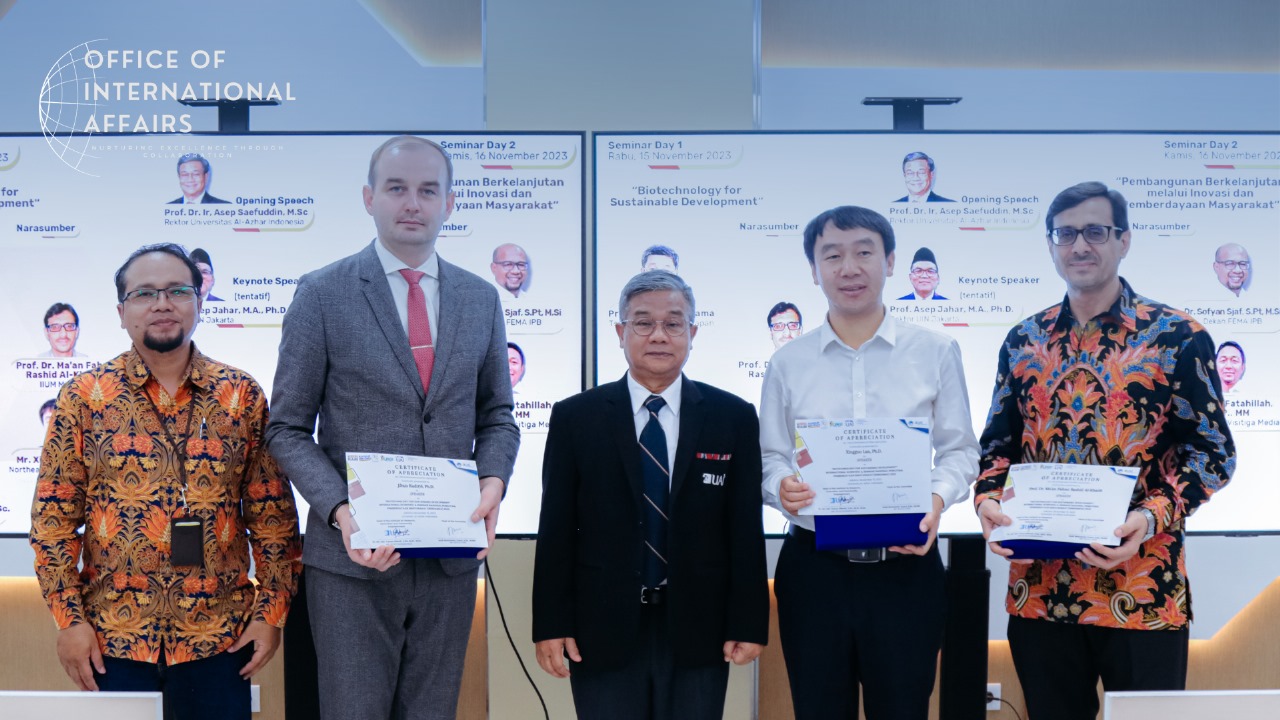Biotechnology, a dynamic field integrating biology, chemistry, and engineering, has witnessed remarkable growth since its inception. It involves utilizing biological systems and organisms to create products and processes for various applications. Its roots trace back to ancient practices like fermentation, where microorganisms were employed in food, beverage, and medicine production. However, the true surge in biotechnology occurred with significant breakthroughs in molecular biology and genetics. The discovery of the DNA double helix structure paved the way for recombinant DNA technology, allowing precise manipulation of genetic material, marking a turning point in genetic engineering. Recombinant DNA technology brought about a revolution in biotechnology, enabling the creation of genetically modified organisms and the production of valuable pharmaceuticals and bioproducts. Agriculture also saw a paradigm shift with genetically modified crops, enhancing yields and resistance to environmental challenges. Industrial biotechnology played a crucial role in sustainable solutions, producing biofuels, biodegradable plastics, and specialty chemicals. With the integration of biotechnology with fields like AI, nanotechnology, and materials science, the potential for addressing global challenges, from personalized medicine to environmental conservation, has expanded immensely. Addressing these concerns, the Institute for Research and Community Service and Empowerment and Office of International Affairs collaborated to organize UAI International Week in Biotechnology: Biology for Sustainable Development on Wednesday (15/11) by involving speakers from China, Malaysia, Latvia and Indonesia at room 317 A-B, University Al-Azhar Indonesia (UAI).
Northeast Forestry University (NEFU) China, Lan Xingguo Ph.D. (Professor and Associate Dean of College of Life Sciences) explained about “From Degree Programs to Research Fields in Biotechnology”. He stated that NEFU has the Liang shui National Forest Park, the Mao’er shan National Forest Park, and other education, research and practice bases. These allow all the researchers in NEFU are currently focusing on the research about Plant-related research (Function studies for plant development and reproduction; the large-scale cultured production of medicinal plants, Panax ginseng, Aralia elata, tissue or cells, etc); Microbiology and its applications (Elucidation of biosynthetic pathways for microbial secondary metabolites; synthetic biology approaches to synthesis of industrial valuable compounds); and Human disease-related research (Stem cell studies for pancreatic cells and blood cells, transgenic animal studies, anticancer and immune enhancing activity of plant extracts, etc.). Some of the developments that are uses as the advancement of biotechnology are the species and metabolic evolution model of Araliaceae, Medicinal plant fermentation factory, microbiology which concerns on elucidation of biosynthetic pathways for microbial secondary metabolites, mining genes for the production of novel compounds, and using synthetic biology approaches to synthesis of industrial valuable compounds, and development of anticancer peptide.
International Islamic University Malaysia (IIUM), Prof. Dr. Ma’an Fahmi Al Khatib (Professor at Department of Chemical and Engineering and Sustainability, Kulliyyah of Engineering) highlighted about Biodegradation of Fats, Oil, and Grease. He then elaborated that sustainable development is not merely a goal; it’s a philosophy that underscores the importance of harmonizing economic growth, social equity, and environmental responsibility. As one of the main alternatives, Environmental biotechnology utilizes the biochemical potential of microorganisms and plants for the preservation and restoration of the environment. The primary role of environmental biotechnology is to develop better approaches for sustainable development. In the same way, Prof. Maan added fats, oils, and grease (FOG) are by-products of cooking (aka brown grease) and it mainly comes from food outlets, households, or slaughter houses. FOG is composed of free fatty acids (FFAs), –triglycerols, — waxes, — phospholipids –sterols and sterol esters. Nevertheless, FOG deposits in sewer pipes is a worldwide issue especially in Malaysia, Canada, and the UK. They clog the system by restricting capacity, blocking and damaging pipes. This increases both the time and money required for cleaning and maintenance. If not fully removed and treated, the FOG can deplete oxygen in receiving waters. Additional capacity and energy is required at wastewater treatment works to handle excess FOG entering the system. Some practices have been done, but the level of effectiveness needs to be explored more. This leads to the optimization of the biodegradation process as a solution. The process can be done by designing of experiment [design expert software version 6.0.8, central composite design] and using consortia of bacteria. As a result, it has shown that model equation: FOG Biodegradation = 40.546 + 0.019 * inoculum Concentration + 7.583 * HRT -0.0122 * inoculum Concentration * HRT + 0.0288 * inoculum Concentration² -0.273 * HRT².


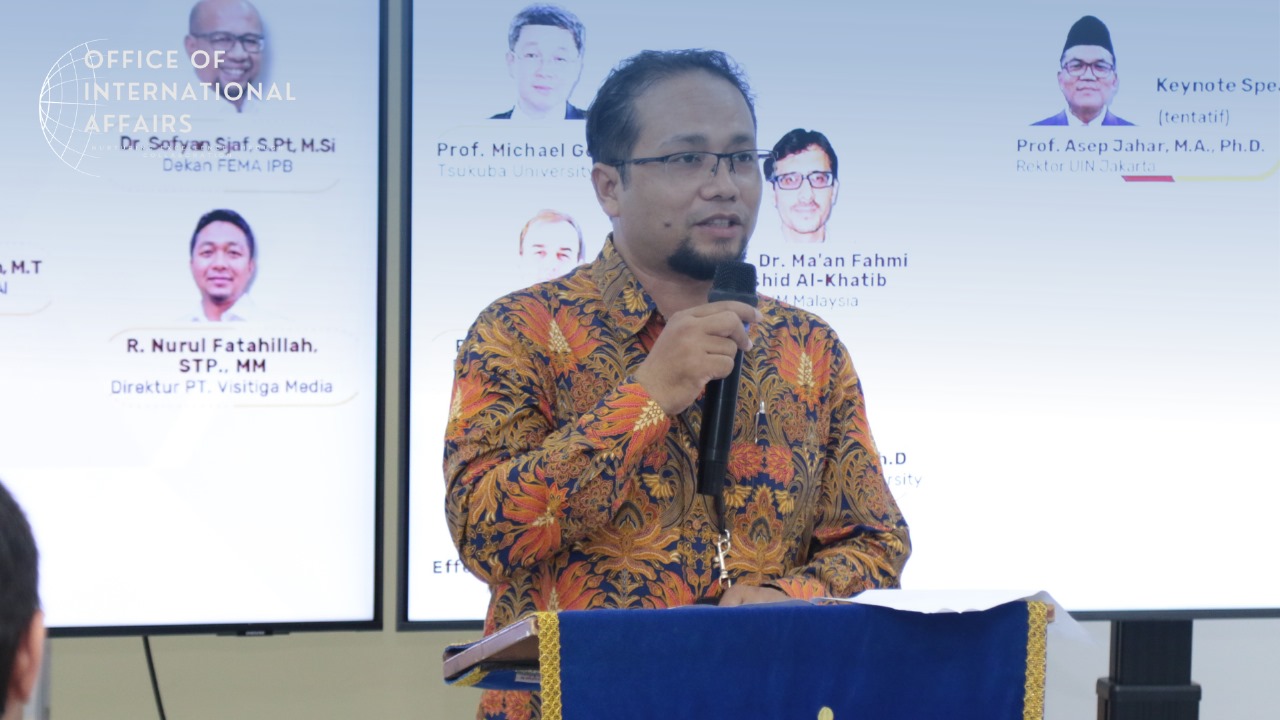

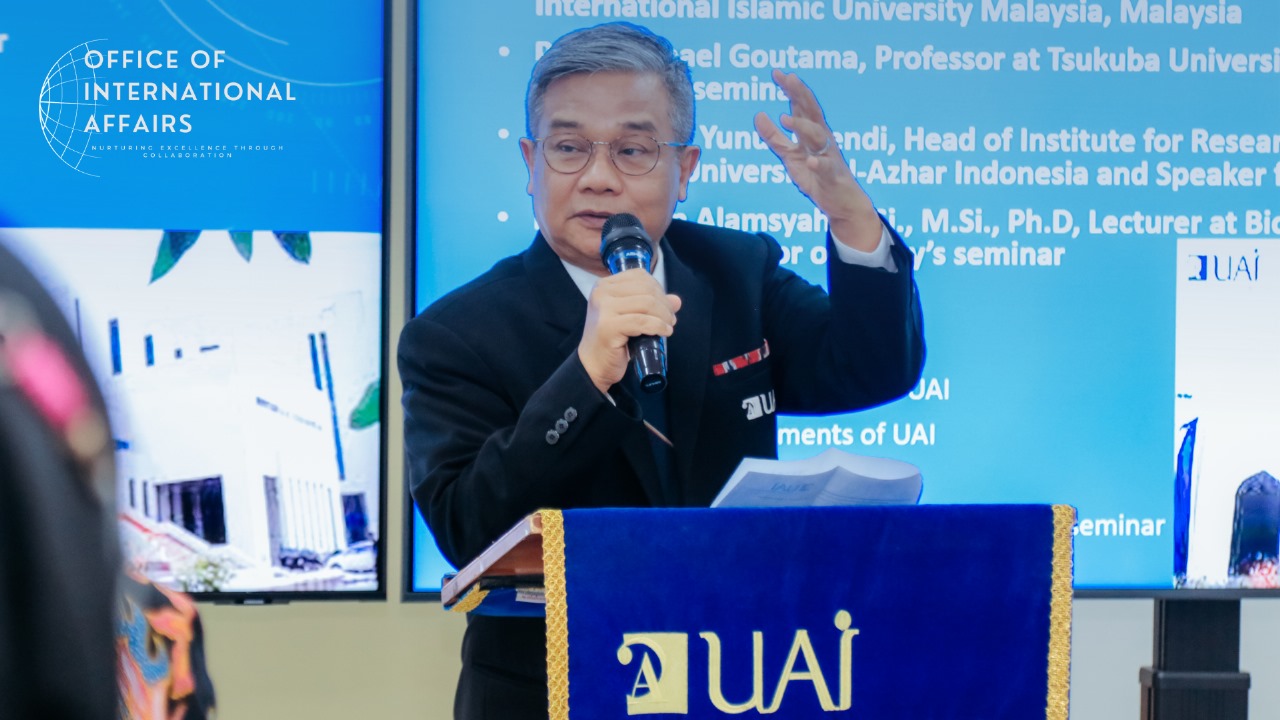
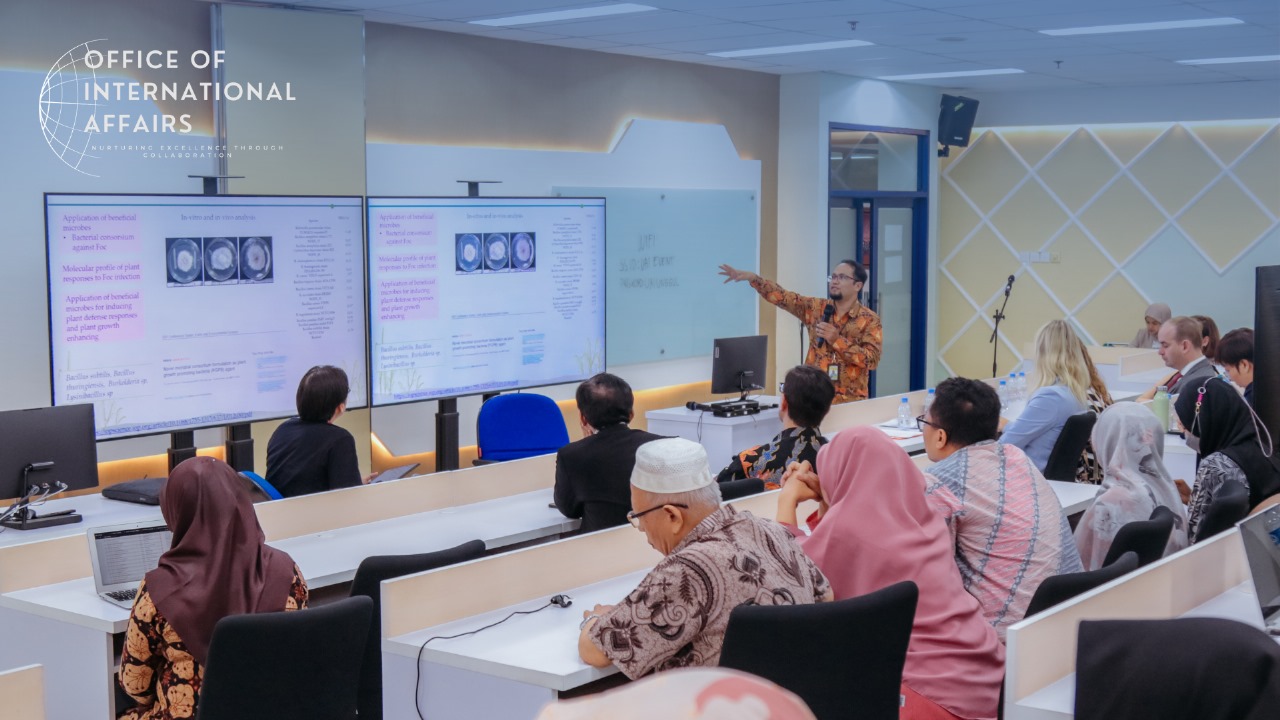

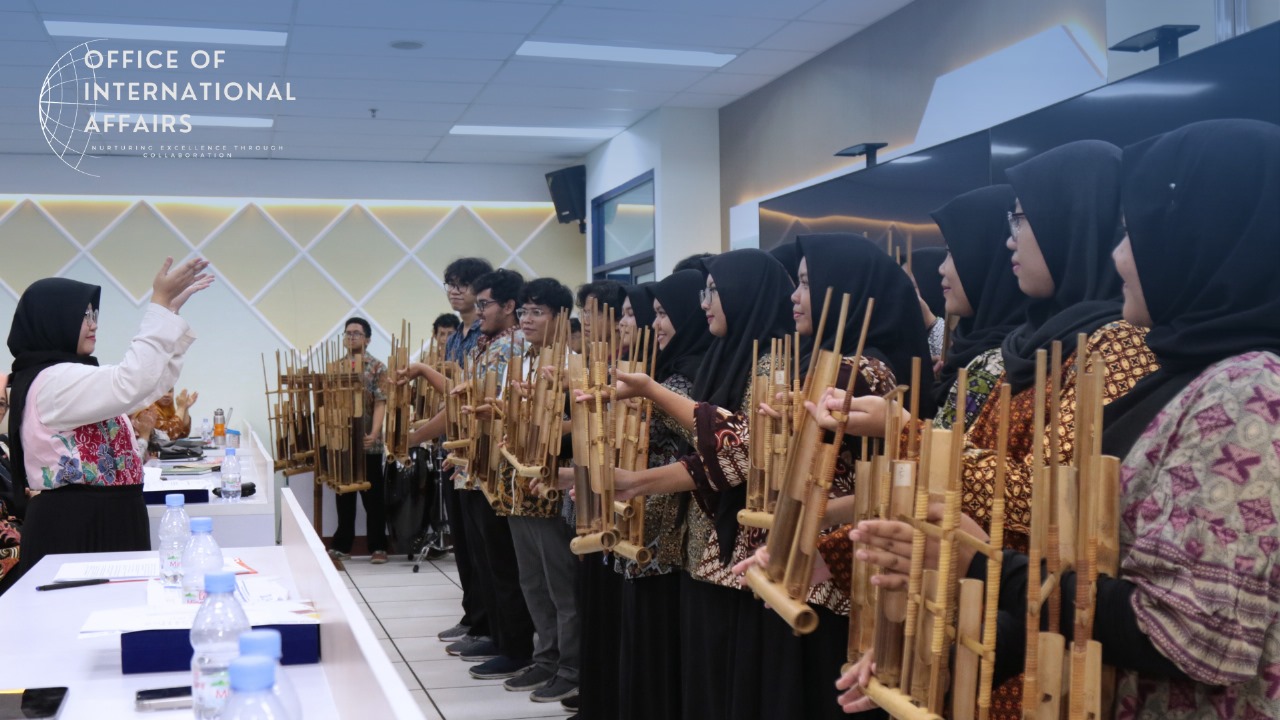
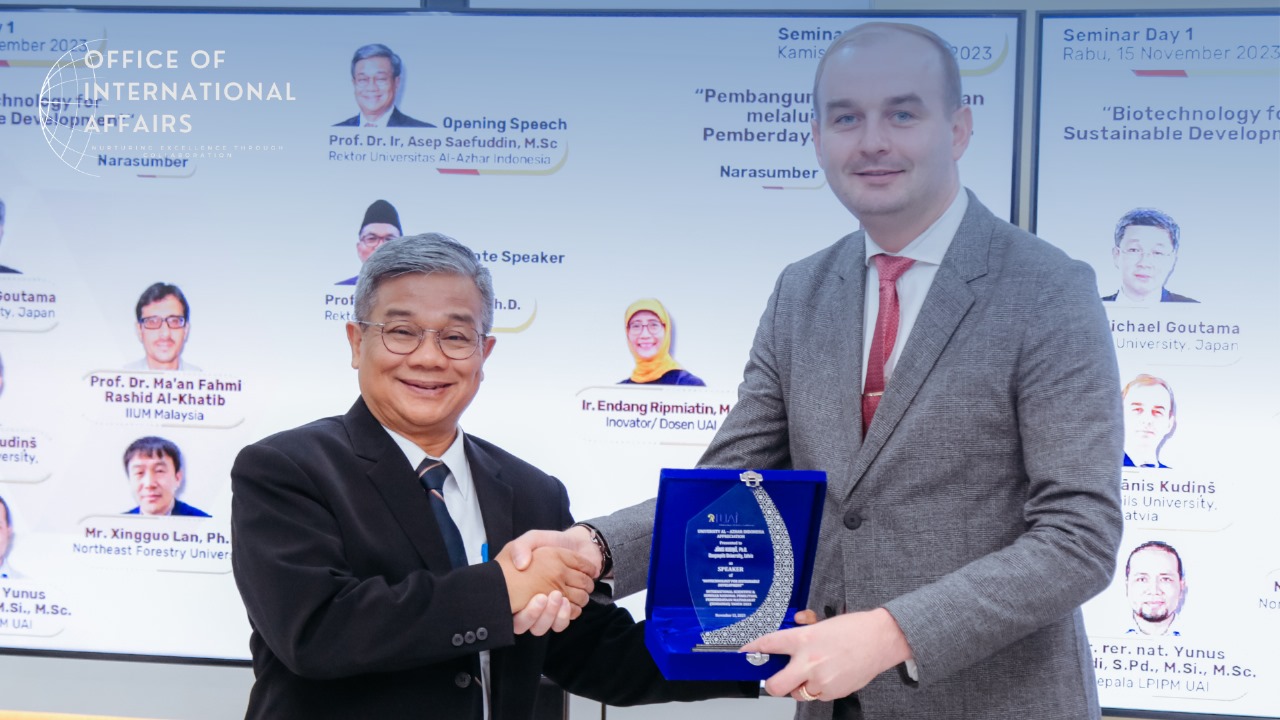
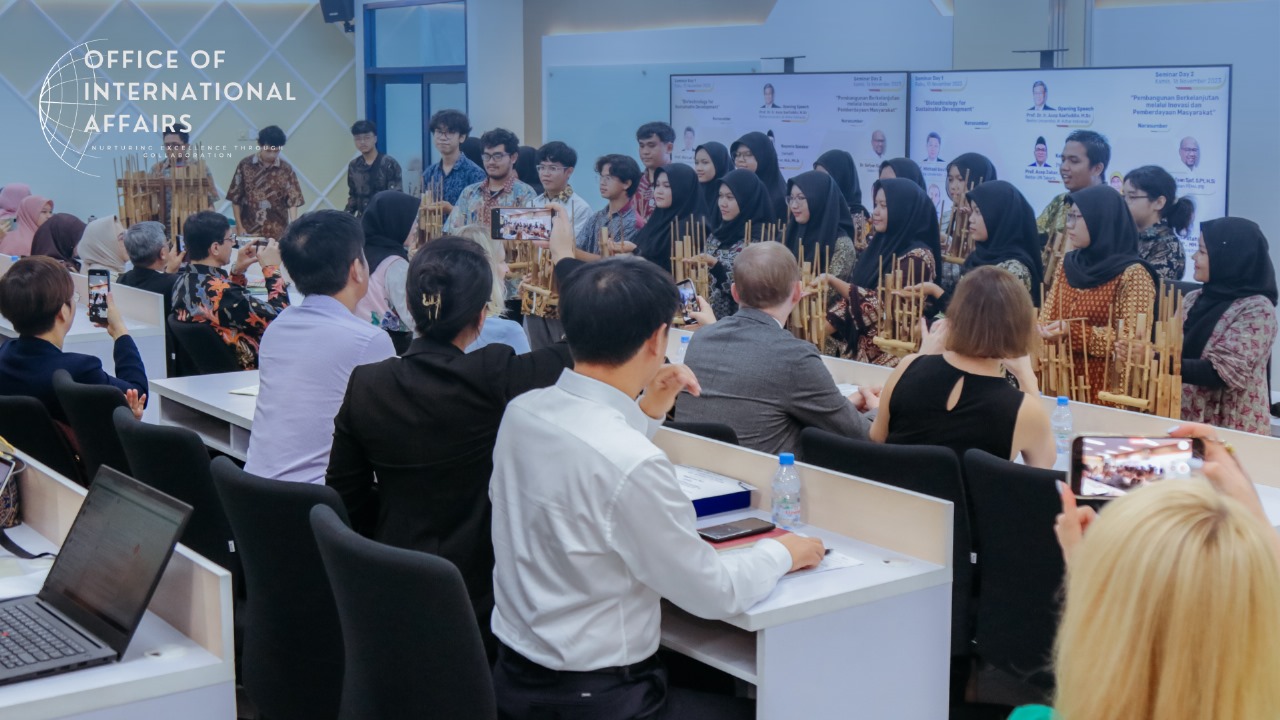
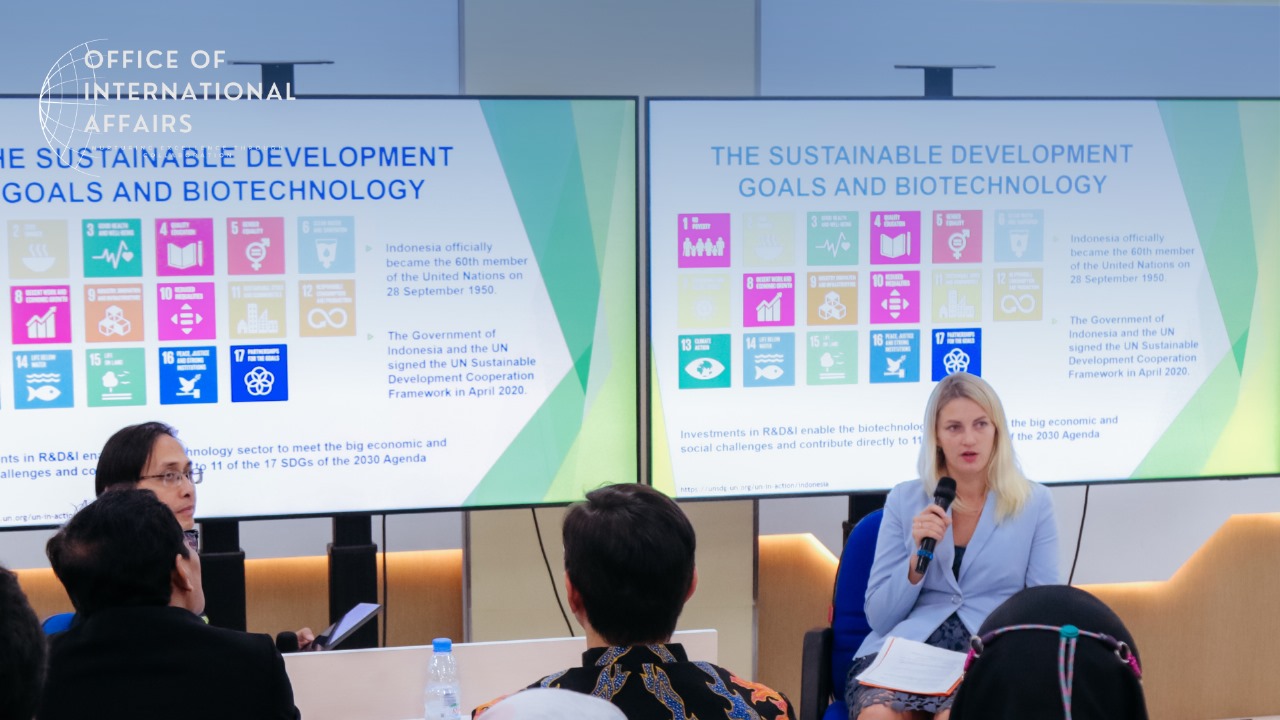
Daugavpils University (DU), Ms. Zaiga Vītola (Project manager (Science Department – in Charge of EU Funded Programmes), presented about Socially Responsible Research Focus on Biotechnology Future. She emphasized that Biotechnology has already made an impact in improving human health, agricultural yields, food, nutrition, and water security, developing alternative fuels, and reducing greenhouse gas emissions. There are three new ways of viewing economic development and they are through economy, society, and biosphere. Meanwhile, the determined factors that shape Biotech’s Trajectory are increased investment and decreasing cost (these economic factors together will be pivotal to future biotech breakthroughs and applications), regulatory restrictions, international acceptance, large-scale collaboration and cooperation, changes in consumer demand, and responses to environmental change. The current trend in Biotechnology also plays a significant role and it involves Immuno-Oncology: Immunotherapy for cancer treatment has attracted substantial investment due to its potential to revolutionize cancer care; GeneTherapy and #CellTherapy: Advances in gene and cell therapies have led to increased investment as these therapies show promise for treating genetic and rare diseases; Precision Medicine: Tailoring medical treatment to individual patients based on genetic and molecular profiles is an emerging area of focus; Digital Health : Biotech funding extends to digital health solutions, including healthtech and telemedicine platforms, which are growing in popularity. At last, Ms. Vītola ended her presentation by uttering that in the ever-evolving biotech landscape, securing funding is a critical part of advancing research and delivering innovative solutions to the healthcare and life sciences industries. Success in biotech funding often depends on a combination of scientific innovation, sound business strategies, and a supportive financial ecosystem.
University Al-Azhar Indonesia (UAI), Dr. rer. nat. Yunus Effendi, S.Pd., M.Si., M.Sc. (the Head of the Institute for Research and Community Service) concerned on Rhizosphere Microbiomes Diversity and Plants Growth Improvement: Fusarium Wilt Project in Banana Plantation. Firstly, he discussed Fusarium Wilt to be considered as the most devastating banana disease. Almost 80% of the world’s banana production was destroyed by this disease. In the mid-twentieth century, FW, also known as “Panama disease”, wiped out the Gros Michel banana industry in Central America, A research collaboration with Indonesia State Agriculture Company (PT Perkebunan Nasional VIII – Indonesia): combating Fusarium wilt disease in banana plantations. The study shows that effective management often requires an integrated approach that combines multiple control methods, including crop rotation, use of resistant cultivars, cultural practices, and in some cases, the application of chemical or biological controls. Soil has its own potential to suppress the disease which is caused by soil-borne pathogens, Soil suppression. Secondly, understanding the potential of rhizosphere microbiomes in banana plantation as candidate for bioagent against Fusarium oxysporum f.sp cubense (Foc) while Improving NUE uptake of plants by applying beneficial soil microbiomesDeveloping a new bio – chemical fertilizers are the proposed strategies. Development of DNA markers related to the defense system of banana plants in the response of Fusarium oxysporum infections. Thirdly, the soil suppressiveness includes various mechanisms including competition, antibiosis, allelopathy, hyperparasitism, and induction of plant disease resistance, which are being operative through different precursors like soil microbes, soil amendments, cropping systems, etc. Finally, Comparative analysis of conducive and suppressive soils to Fusarium oxysporum f.sp. cubense in banana plantation using shotgun metagenomic analysis. Isolation and characterization keystones taxa (species) from both soil conditions.
To sum up, “We’re here together in this room and Zoom. Listening to thoughts and poems. Bringing collaborations from the Laboratorium, hoping this cooperation will bloom”. Firman Alamsyah, S.Si., M.Si., Ph.D. (Today’s moderator and Lecturer at Biology Department of UAI) ended the event with a poem called “We’re Here Bridges Collaboration”.
As the event has ended, on behalf of UAI we would like to thank all the participants across the globe who have come to our university and we hope this international seminar can delve into the advancements and progressions within the field of biotechnology from different countries around the world. By facilitating a comprehensive exploration of the latest research, innovations, and breakthroughs that have shaped and continue to influence the biotechnology landscape on a global scale. Through insightful discussions, the conference endeavors to foster a deeper understanding of the multifaceted applications and potential implications of biotechnology in various sectors including healthcare, agriculture, industry, and environmental sustainability. (LPIPM/TSH)
